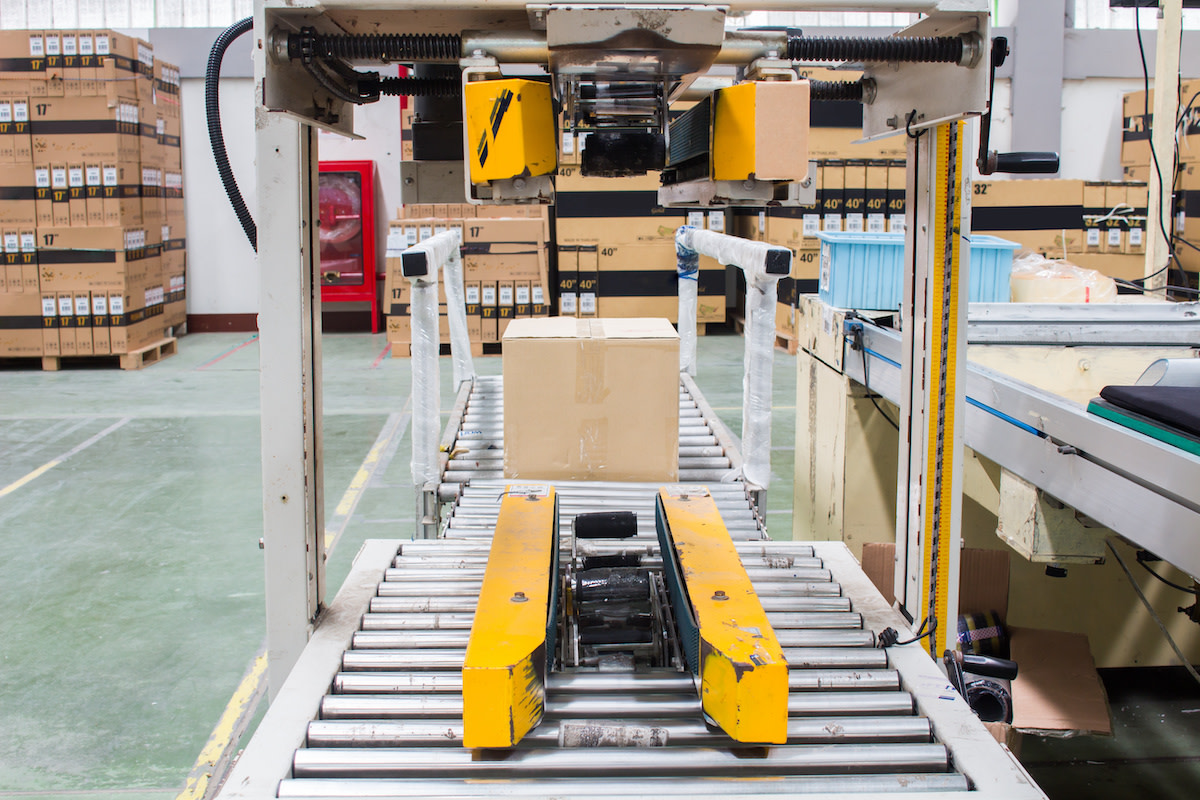What Is an Original Equipment Manufacturer? A Guide to OEM
Written by MasterClass
Last updated: Jul 13, 2021 • 2 min read
An original equipment manufacturer (OEM) makes component products for other retailers to create into a product, like a computer, phone, or car. Value-added retailers will add their names to this end product, even though they don’t make every component of it.
Learn From the Best
What Is an Original Equipment Manufacturer (OEM)?
An original equipment manufacturer (OEM) is a business that produces component parts for another company's products. These other companies, called value-added resellers or VARs, will use the OEM products to build a finished product, which they will sell. For example, an OEM that manufactures auto parts sells their goods to a car manufacturer (the VAR) who uses the OEM parts in the final product which is sold to the consumer.
A product made originally by an OEM will typically play an important role in a VAR product's completion, but not significant enough that the OEM can rebrand the original parts under their own name. Once the VAR has purchased the OEM parts for their own products, all parts are sold under the VAR brand name.
How Does an OEM Work?
OEMs work by producing goods that can be sold directly to another business so that they can manufacture a new product, and sell it under their brand name. Here is an overview of how OEMs work.
- 1. The VAR orders the OEM product. The OEM process begins with a relationship between the VAR and the OEM company. The VAR (or client) will order a specific product from the OEM which can be everything from car parts to microchips to handles. Occasionally, these OEM products will contain the VAR’s branding, like logos or other kinds of brand insignia.
- 2. The OEM manufactures the product. Next, the OEM builds the amount of specific products that the VAR ordered. This may be done in a factory.
- 3. The OEM sells their product to the VAR. Once the OEM has completed their client’s order, they deliver their products to the VAR. The VAR pays the OEM.
- 4. The VAR assembles their OEM products to create a new product. The VAR will assemble the parts of their product (sometimes purchased from different OEMs) to create the final product. They add their brand name to it, and sell it to the consumer.
OEM vs. Aftermarket: How Are They Different?
Products made by an OEM and aftermarket parts are similar, as they both produce component parts that are assembled to make recognizable brand products. However, this is how the two differ.
- OEM products: OEM products are specifically ordered by a VAR to complete the manufacturing of a product that they sell to a consumer. Consumers can buy directly from OEMs, but it is less common than consumers buying aftermarket products which are generic replacement components for an item. They tend to cost more than aftermarket products.
- Aftermarket products: Aftermarket products are typically not included in the initial supply chain or manufacturing of a VAR product. Instead, they are produced generically for a slightly lower price than OEM products, typically as replacement parts if a component of an item breaks or is no longer under warranty. They tend to be less expensive than OEM products.
Want to Learn More About Business?
Get the MasterClass Annual Membership for exclusive access to video lessons taught by business luminaries, including Bob Iger, Chris Voss, Robin Roberts, Sara Blakely, Daniel Pink, Howard Schultz, Anna Wintour, and more.
